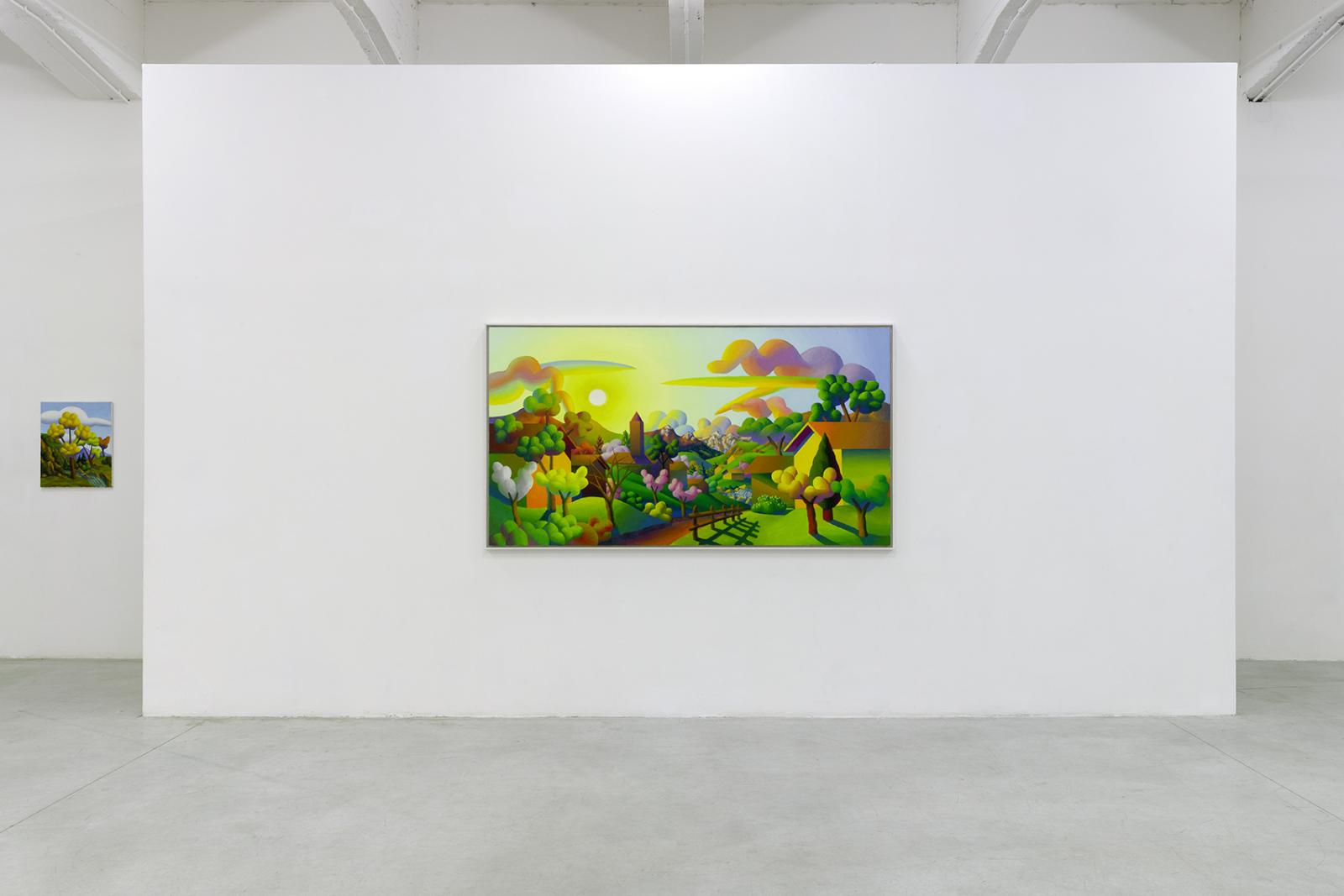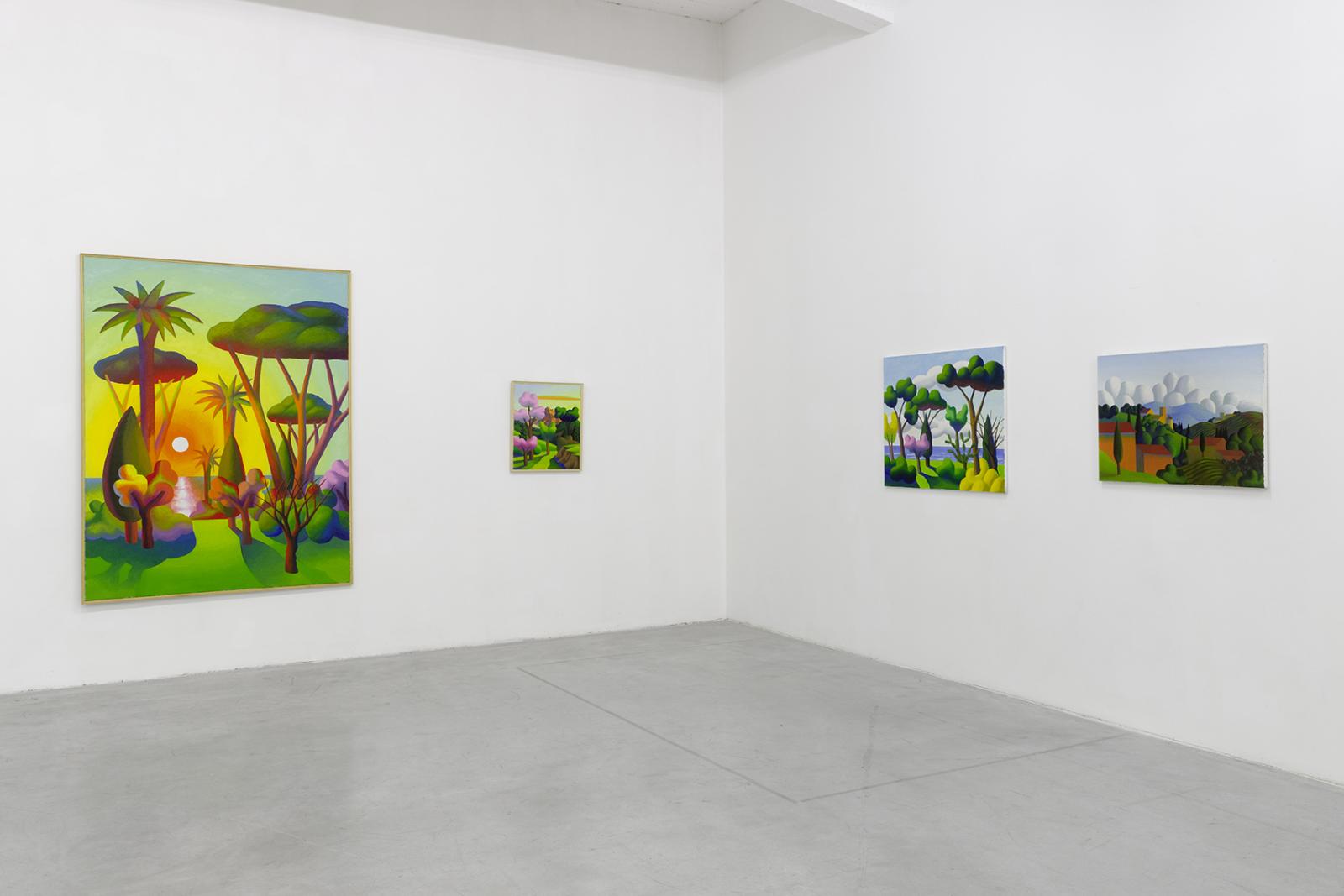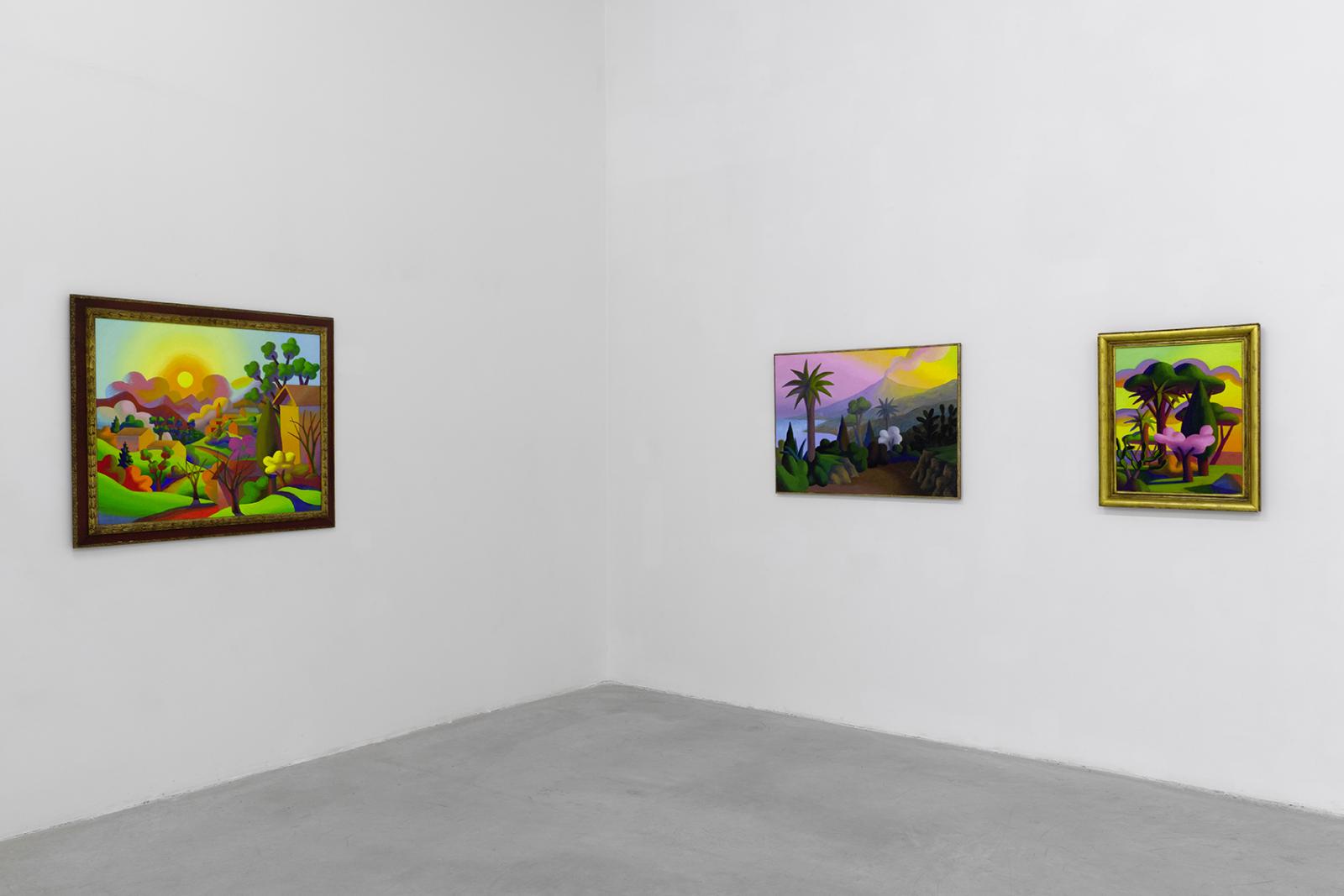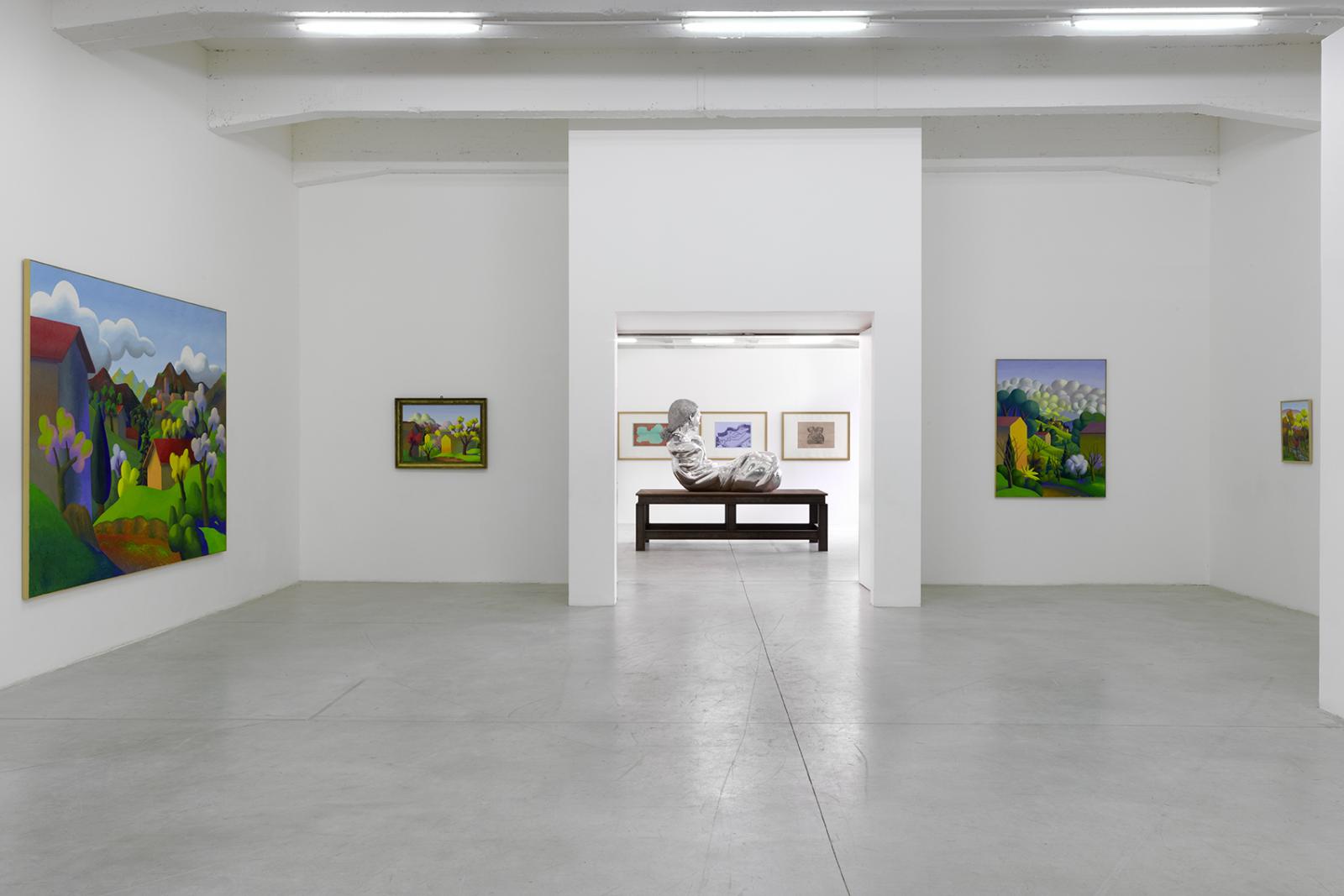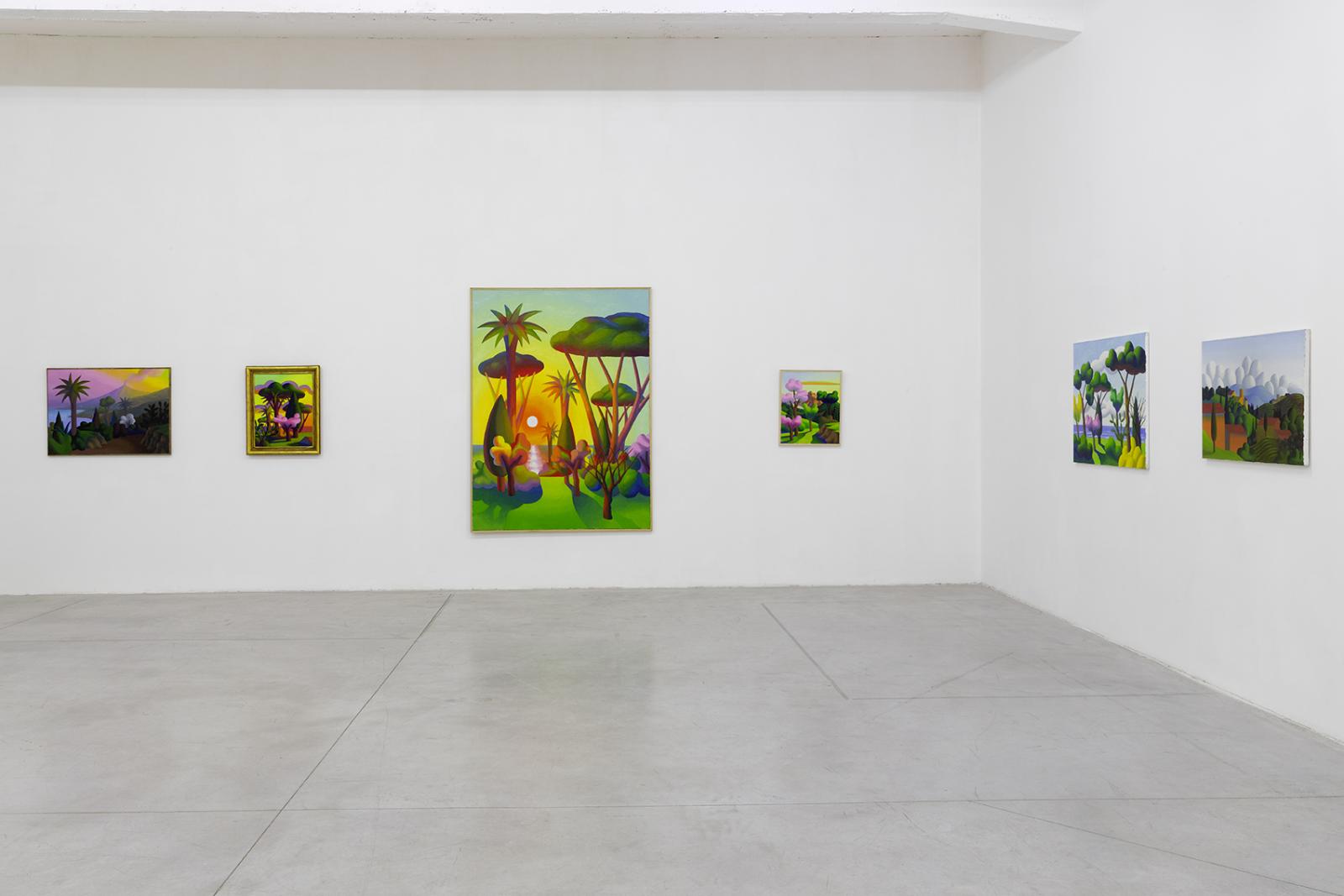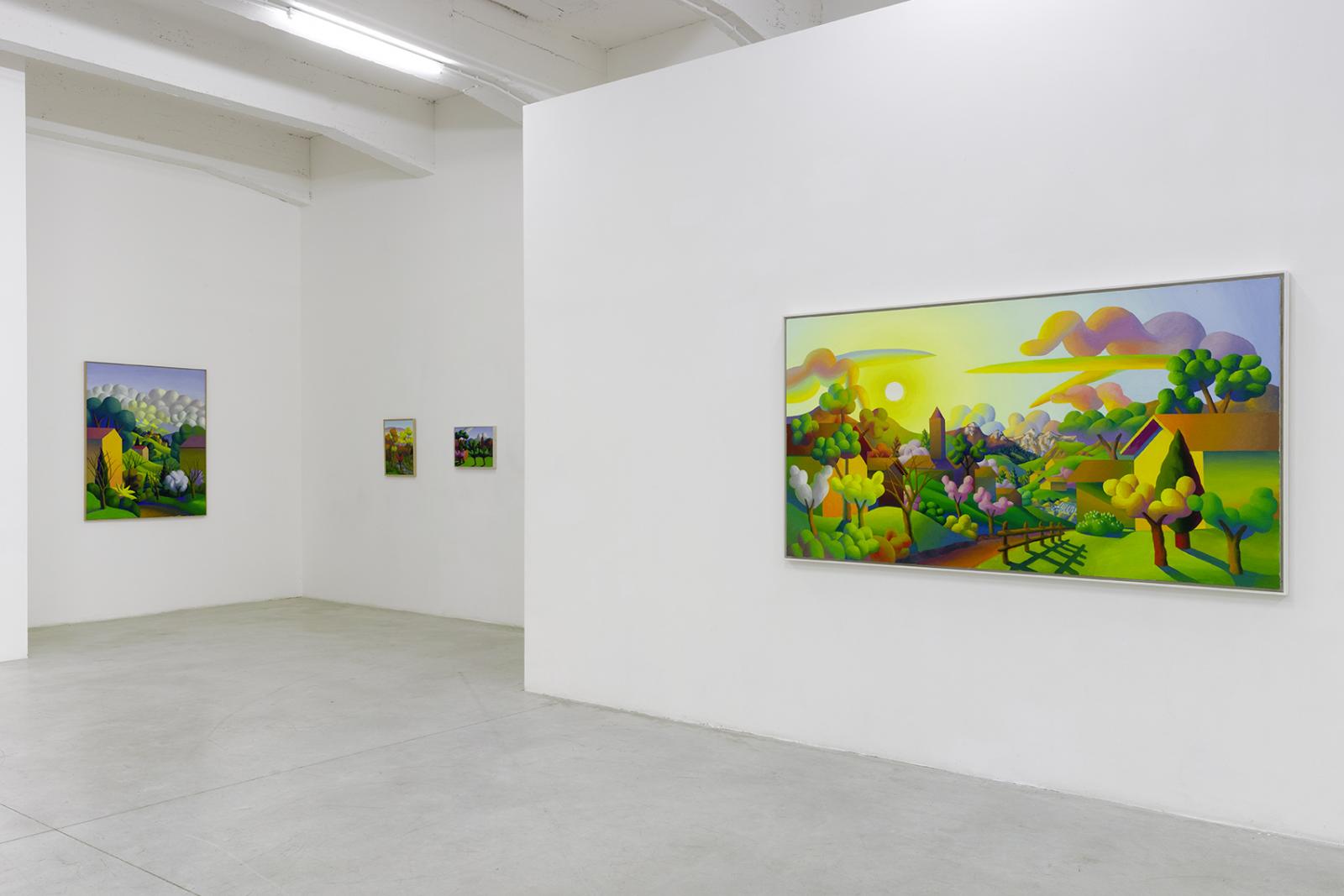Salvo
L'Almanach 18 : Salvo
Born in Sicily, Salvo, whose real name was Salvatore Mangione (1947-2015), settled with his family in Turin in the 1960s and as a teenager devoted himself to painting by copying the great masters (Rembrandt, Chagall, etc.). During a trip to Paris in 1968, he was marked by the rebellious energy of the student movement and once he returned to Turin his art took another direction while he spent time with the artists of the Turin Arte Povera circle (Merz, Penone, Boetti, Zorrio, etc.) and met various conceptual artists (Sol LeWitt, Joseph Kosuth).
From then on, he developed an oeuvre informed by a variety of avant-garde aesthetic research, from which he produced a rather unorthodox synthesis, borrowing from apparently contradictory movements, caring little for cliques, and giving himself a central position: it was said that his oeuvre was slightly narcissistic when in fact it laid down the foundations of those that others would develop later by centering them around fictive biographies.
He met with unquestionable success, exhibited at the John Weber Gallery in New York, participated in documenta 5 curated by Harald Szeeman in 1972, and seemed destined for a major international career. But Salvo perceived the paradoxical conformism of the avant-garde and in 1973, to everyone’s general surprise, decided to return to painting, thus anticipating all the return-to-painting movements at the beginning of the 1980s. He then devoted himself to figurative painting, painting landscapes in which each element is simplified in the extreme: leaves of trees and clouds expressed as simple spherical additions, architectures reduced to simple volumes, which find all their meaning in the oeuvre of an artist who was very familiar with the artistic experimentations of the 1970s and who grew up in the land of Giorgio Morandi, whose still-life pictorial strategies he seemed to have applied to landscape.
The Salvo exhibition at Le Consortium for L’Almanach 18 presents an exceptional group of fifteen paintings produced between 1998 and 2010 and gathered together here thanks to the artist’s daughter.
— Eric Troncy
